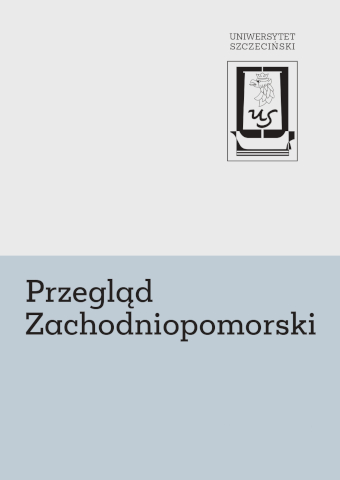Abstract
The history of arts in a museum does not create a theory, but responds to detailed questions. In that way it always remains in direct relations with the core of the structure of the ‘museological sense’. First of all, it accompanies all the stages of creating collections, which include a preliminary analysis to assess acquisitions and a later evaluation of those acquisitions to catalogue them. The questions evident for a museologist are the ones concerning attribution, dating, iconography, technique and technology, stylistic features. The conclusions resulting from such examinations are the basis for the museum expositions. It is the essential aspect of the history of arts in museums. The aims of education in the sphere of the history of arts for the needs of museology might be presented in a similar way. This discipline marks the intellectual, cultural and artistic framework for museums, but it has to be transformed into what is called expertness. Education in museology is twofold, as it is not only the formation of workers (shaping and enriching them), but also the educational activity of the museum directed outwards, towards the audience. The history of arts offers an operational model – first of all – of its own classification according to the chronological and stylistic rules together with a specific universalism, aspiration for a holistic approach. The museum is a place of arts, but from a historical point of view it is one of many places of arts, because throughout the history places of arts were caves, ancient temples, Christian churches, feudal castles, aristocratic palaces, urban tenement houses of the bourgeoisie, auction houses, stores, galleries, artists’ ateliers; and now – just museums, but also universities, whole towns as urbanistic layouts, factories, even individual buildings, conservation workshops, and last but not least the places where the contemporary creator works (a traditional atelier, an office, a computer room, a squat, or whatever else). Each one of them creates a separate – although entwined with others – area, which has its own history of arts and in a way is different from all the others.







